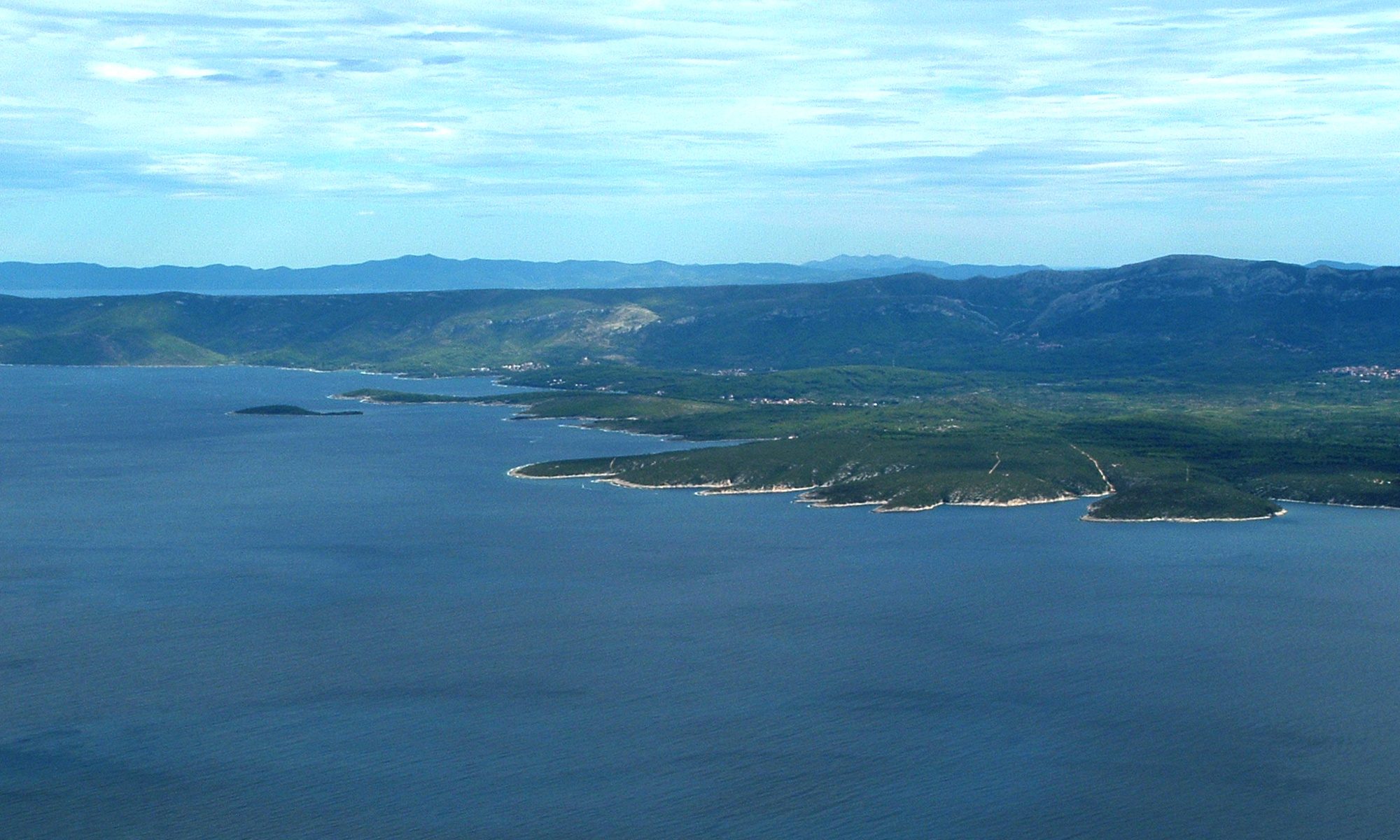Mountain Maps within the New Edition 2017 of the “Swiss World Atlas” ‒ Concept, Content, and Added Value
Christian Haeberling, Lorenz Hurni | Institute of Cartography and Geoinformation, ETH Zurich, Switzerland
Keywords: mountain map, school atlas, geo information, secondary school level
The 2017 edition of the printed “Swiss World Atlas” was published in June 2017. This school atlas is the most used in Swiss schools at the secondary school level one (grades 7 – 9) and level two (grades 10 – 13). It was completely restructured, revised, and updated with a contemporary design since the last edition in 2010. Map formats are now standardised and the layout is more appealing. The atlas content has also been supplemented with new sections, including a comprehensive introductory chapter that covers topics such as geo information, map projections, map types and structure, map use competencies, etc. Maps and thematic topics are listed in a clearly structured table of contents. In addition, extensive geographic name and subject indices make for easy atlas navigation. The 256-page book is completed by a fold-out general key and an attractive overview of countries showcasing their national flags. Among the 430 maps and illustrations in the new “Swiss World Atlas”, there are numerous new mountain maps.
In a first part, this presentation will offer an overview of the new “Swiss World Atlas”, highlighting the different sections to illustrate the context in which mountain maps are integrated.
The second (and main) section looks at the content, concept and special characteristics of some newly designed representations of mountain regions (i.e. Mount Everest, Mount Kilimanjaro, the Gotthard region, the Verbier region, and the Bernina Mountains (these last three are located in Switzerland)). Besides topography, the following thematic aspects will be highlighted: touristic activities, climatic factors, vegetation aspects, socio-cultural or economic structures, temporal developments of human actions and their impacts, etc. The added value of these thematic combinations for teaching purposes will be pointed out specifically.
Finally, various technical issues will be discussed, including the basic data and their sources, design considerations, as well as production challenges.
